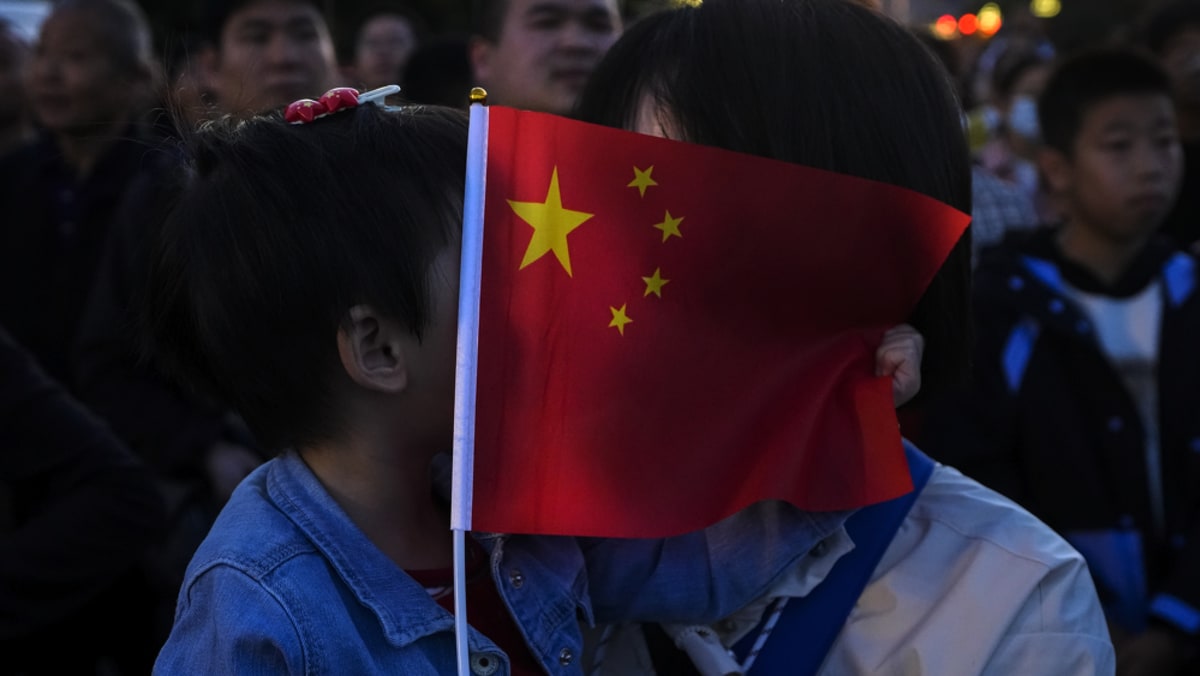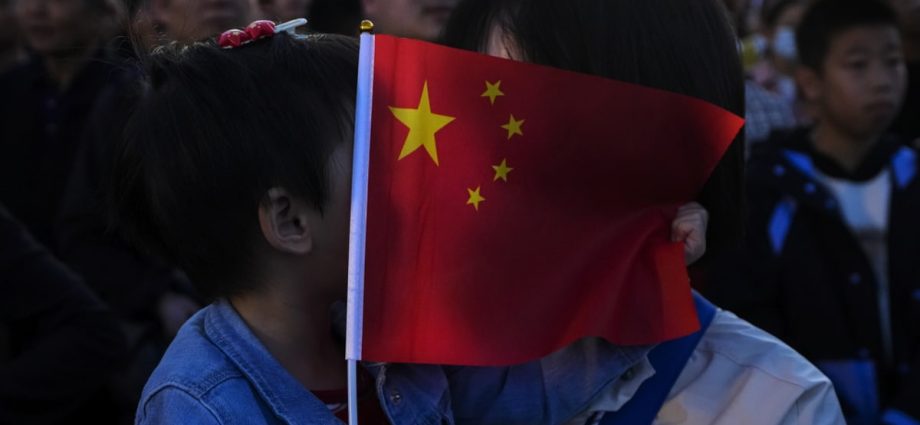
DEATHS CLIMBING AS BIRTHS FALL
The death rate is climbing as an inevitable result of the population ageing, and also an upsurge of COVID-19 in the first few months of 2023.
The population is ageing mainly because the birth rate is falling.
China’s total fertility rate, the average number of births per woman, was fairly flat at about 1.66 between 1991 and 2017 under China’s one-child policy. But it then fell to 1.28 in 2020, to 1.08 in 2022 and is now around 1, which is way below the level of 2.1 generally thought necessary to sustain a population.
By way of comparison, Australia and the United States have fertility rates of 1.6. In 2023 South Korea had the world’s lowest rate, 0.72.
China abandoned its one-child policy in 2016. In 2021 the country introduced a three-child policy, backed by tax and other incentives.
But births are continuing to fall. In part this is because of an established one-child norm, in part because the one-child policy cut the number of women of child-bearing age, and in part because economic pressures are making parenthood less attractive.
China’s National Bureau of Statistics says employees of enterprises work an average of 49 hours per week, more than nine hours per day. Women graduates earn less than men and are increasingly postponing having children.
One hope is that 2024 will see a bump in births, being the year of the dragon in Chinese astrology, a symbol of good fortune.
Some families may have chosen to postpone childbirth during the less auspicious year of the rabbit in 2023. At least one study has identified such an effect.

